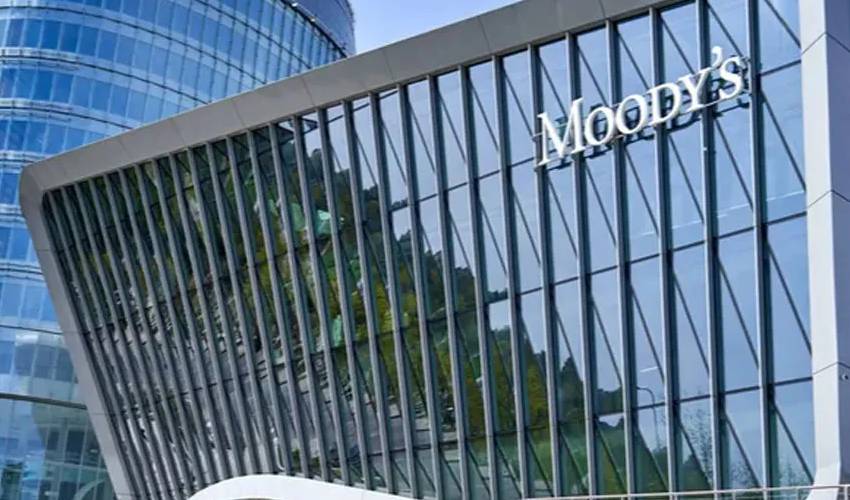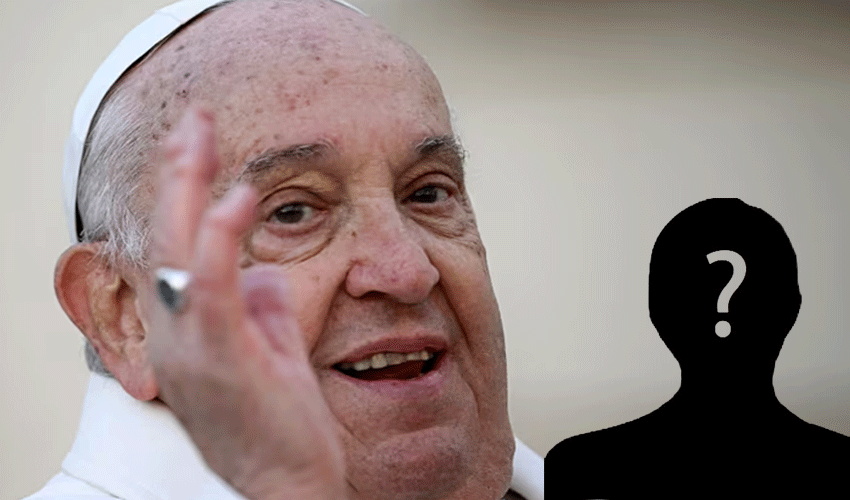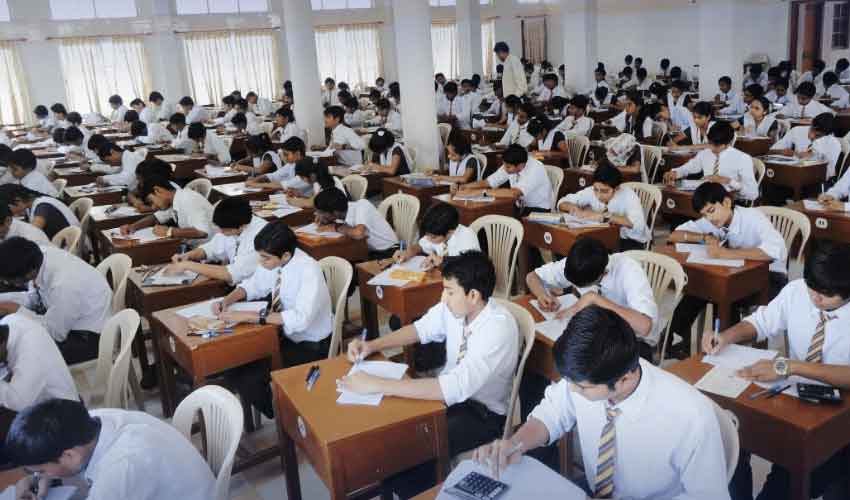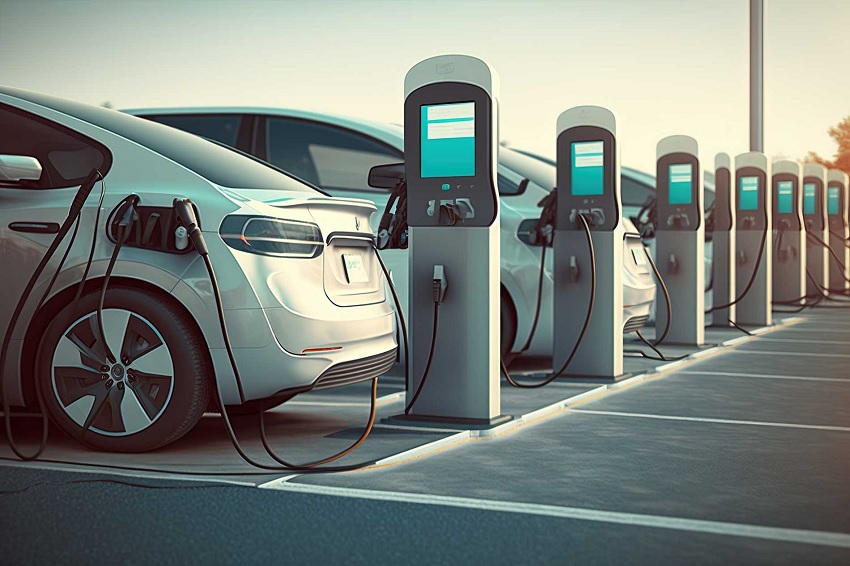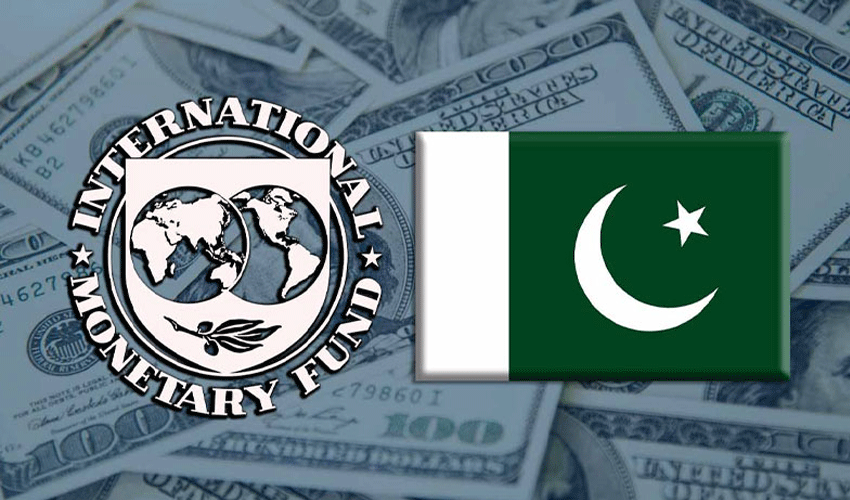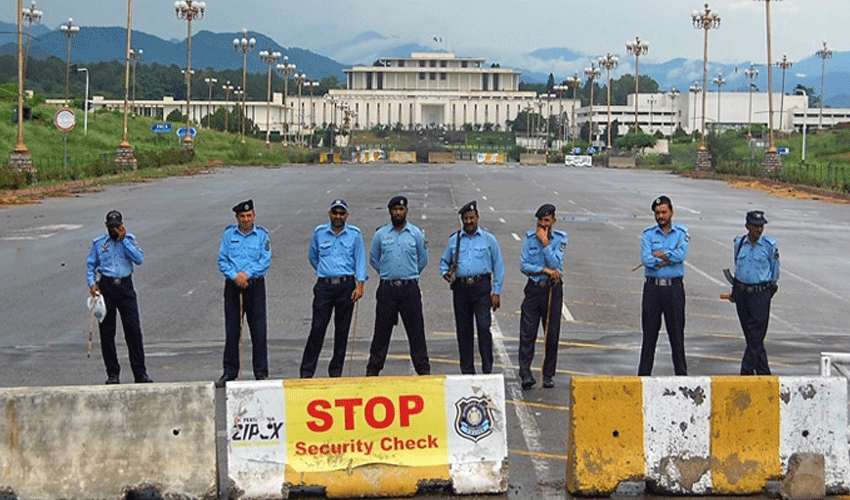Moody’s Ratings has upgraded the long-term deposit ratings of five major Pakistani banks -- Allied Bank Limited (ABL), Habib Bank Ltd (HBL), MCB Bank Limited (MCB), National Bank of Pakistan (NBP), and United Bank Ltd (UBL) -- from Caa3 to Caa2.
Additionally, Moody’s upgraded the Baseline Credit Assessments (BCAs) of ABL, HBL, MCB, and UBL to caa2 from caa3, while NBP’s BCA remains affirmed at caa3. The outlook for all banks' long-term deposit ratings has also been revised from stable to positive.
This rating action follows Moody’s decision to upgrade Pakistan’s government issuer and senior unsecured debt ratings to Caa2 from Caa3, reflecting the country's improved creditworthiness, better macroeconomic conditions, and moderately improved government liquidity and external positions.
The upgrade benefits Pakistani banks due to their substantial holdings of sovereign debt securities and the strong linkage between the banks' credit profiles and that of the government. Specifically, the upgrade of NBP reflects the government's enhanced ability to provide support when needed.
Moody’s noted that the positive outlook for the banks' long-term deposit ratings is aligned with the positive outlook on Pakistan’s government rating and suggests a potentially higher capacity of the government to support the banks if required. Furthermore, improvements in the operating environment could result in higher BCAs.
Potential upgrades to the ratings could occur if the operating environment strengthens, leading to an improved macro profile for Pakistan and further sovereign rating upgrades, provided the banks maintain their resilient financial performance. Conversely, the outlook for the banks' long-term deposit ratings could stabilize if the sovereign rating stabilizes or if there is a deterioration in the banks' financial metrics, particularly in areas such as asset quality, profitability, and capital adequacy.
Also Read: Moody’s upgrades Pakistan’s rating from Caa3 to Caa2
Moody’s has affirmed NBP’s BCA and Adjusted BCA at caa3, while upgrading its long-term deposit ratings to Caa2 from Caa3. The affirmation reflects NBP's strong funding and liquidity profile and adequate earnings generation capacity, offset by expected weakening in capital ratios following a Supreme Court ruling against the bank in a pension litigation case, which is estimated to cost PKR 98 billion, or around 25% of its shareholders’ equity.
For HBL, Moody’s upgraded its BCA and Adjusted BCA to caa2 from caa3, alongside the bank’s long-term deposit ratings to Caa2. The upgrade reflects HBL’s strong liquidity buffers, deposit-funded profile, and earnings capacity, although it also highlights elevated nonperforming loans and modest adjusted capital buffers, especially given HBL's high exposure to government securities.
Similarly, UBL's BCA and Adjusted BCA were upgraded to caa2, and its long-term deposit ratings to Caa2. The upgrade is attributed to UBL's stable deposit base, strong liquid buffers, and moderated profitability, though it also acknowledges higher-than-average nonperforming loans and modest capital levels.
MCB’s BCA and Adjusted BCA were also upgraded to caa2, with its long-term deposit ratings raised to Caa2. The upgrade reflects MCB’s strong profitability, stable deposits, and liquidity buffers, while noting the high asset risks and weak adjusted capitalization.
Lastly, ABL’s BCA and Adjusted BCA were upgraded to caa2, and its long-term deposit ratings to Caa2. This upgrade reflects ABL’s relatively low problem loans, stable deposit-based funding, and ample liquid buffers, balanced against modest adjusted capital buffers in a challenging operating environment.





